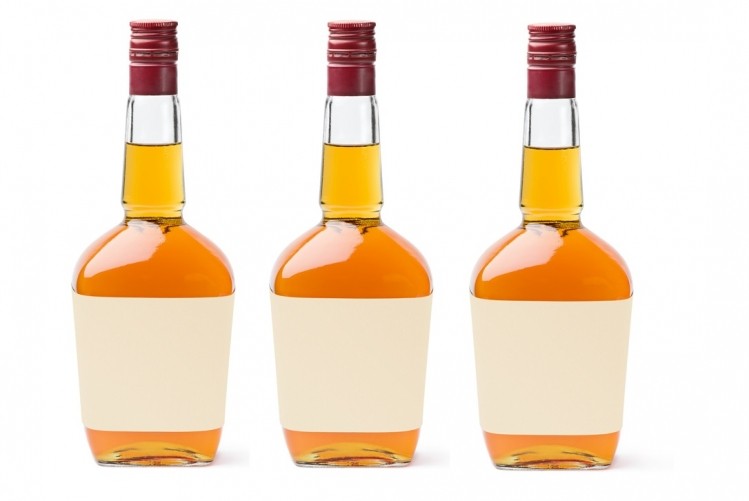Health warnings on alcohol labels make drinking unappealing, says study

Large pictorial or text warnings in particular may help to counteract the appeal and social acceptability of alcohol products, while increasing awareness of risks. Such warnings could, therefore, lead to a reduction in consumption and related harms, suggests the Scottish study.
Tobacco-like warnings
The only information legally required on alcohol packaging in the UK is volume, ABV and the presence of common allergens. While alcohol labels in the UK may promote moderate drinking or print warnings against drinking during pregnancy, these are generally small and on the reverse side of the pack.
In fact, the University of Stirling study – based on a survey of 1,360 drinkers living in the UK aged between 18 and 35 years old – found two-fifths (40.1%) of participants reported rarely or never seeing health-related information, messages, or warnings on alcohol packaging.
Participants, however, ‘strongly agreed’ that alcohol packaging should display a range of product and health-related information, and ‘agreed’ there should be warnings.
The study considered the use of larger warning labels more akin to those used on tobacco.
Young adults were shown a range of warnings on packaging and reported that these would catch their attention when buying alcohol and make them aware of potential health risks. Larger warnings were particularly effective in reducing product appeal and social acceptability, the research team found.
To compare the perceived impact of health warning designs, participants were randomly allocated to a group and shown a vodka bottle containing either no warnings or front-of-pack small text warnings, large text warnings, or pictorial warnings.
The warning sets included a general message stating ‘Alcohol damages your health’ and two specific warnings, ‘Alcohol causes liver disease’ and ‘Alcohol causes mouth cancer’.
Those in the pictorial warnings group were shown images that reflected each warning – a blood pressure test, an image of a person clutching their liver, and an image of a CT scanner in a hospital.
Participants who viewed products with warnings were significantly more likely to perceive the products as unappealing and socially unacceptable, compared to those who viewed products without such a warning.
Those who viewed products with warnings were also significantly more likely to report positive cognitive and behavioral impacts, such as increased awareness of health risks and wanting to drink less alcohol, compared to those who did not.
One surprise, however, was that there was not a statistically significant difference between warning designs: in contrast with tobacco where larger warnings with images have been found to be more effective at influencing thoughts and behaviors compared to small, text-only warnings.
However, the sample size was modest and the images used with the warnings ‘somewhat benign’ – with other alcohol and tobacco studies suggesting more severe images may evoke stronger reactions.
Alcohol misuse is implicated in more than 200 diseases and responsible for around 3.3 million deaths annually.
Daniel Jones, of the Institute for Social Marketing and Health at Stirling, said: “Alcohol packaging could have an important role in delivering health messaging. Large pictorial or text warnings in particular may help to counteract the appeal and social acceptability of alcohol products, while increasing awareness of risks. The findings of this research and previous studies indicate that warnings could, potentially, lead to a reduction in consumption and related harms.”
Participants in the study also largely supported displaying a range of product and health-related information on packaging, such as units, ingredients, drinking guidelines and calories.
Alison Douglas, chief executive of Alcohol Focus Scotland said, “It’s vitally important that we have all the facts to make informed choices, yet because of bizarre exemptions from food and drink labelling rules there is more information required on a pint of milk than a bottle of wine.
"At present, the alcohol industry can decide what information it will and won’t include on its products. This study shows that health information and warnings could be useful in reducing how much we drink, and that people want information about what it is in their drinks provided on products where it can usefully inform their decisions.
“We need the Chief Medical Officers’ low-risk weekly drinking guidelines as well as health information and warnings on labels, but unless labelling requirements are set out in law, we will continue to be kept in the dark about what is in our drinks.”








